5 Grass Types for Lawns in Detroit, MI
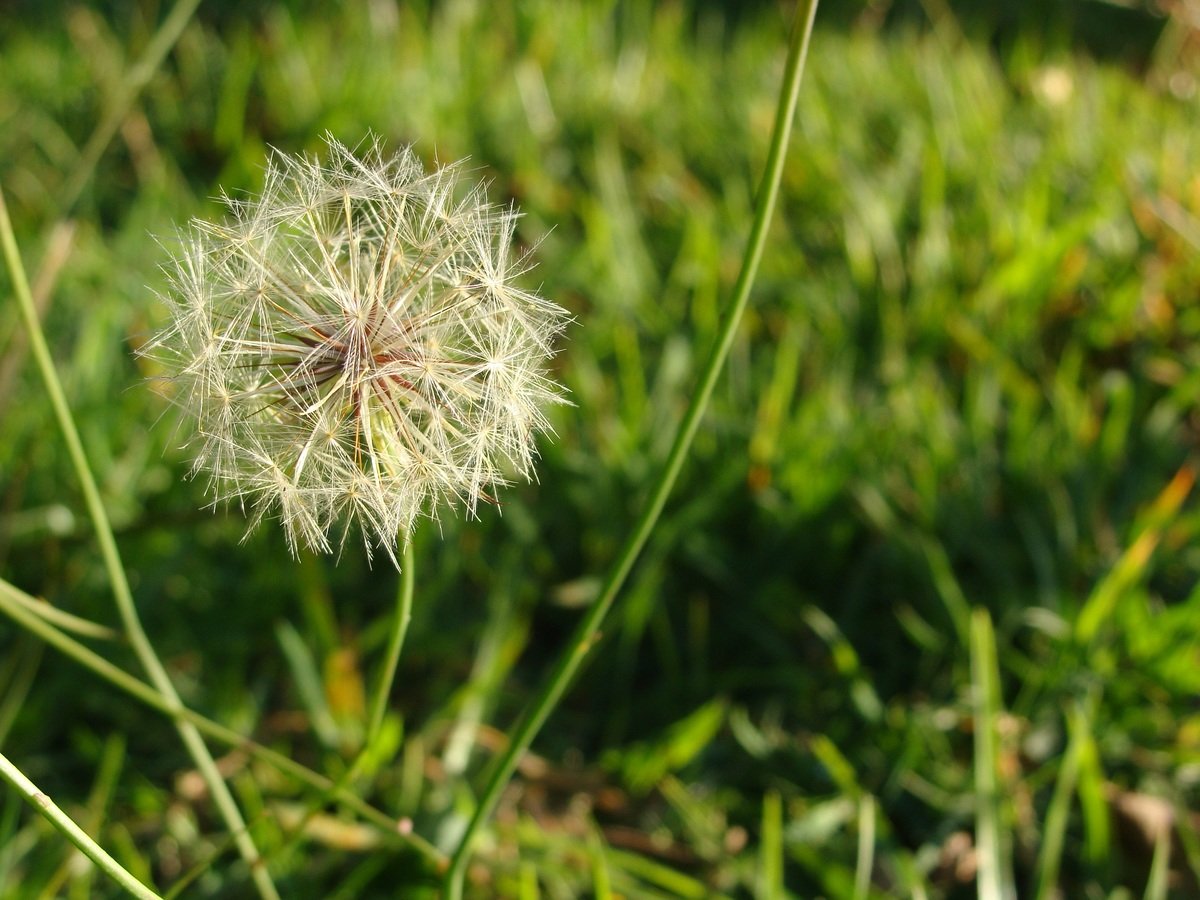
Homeowners must pick the right grass for their lawns, and residents of Detroit, MI have several good options. Kentucky Bluegrass, Perennial Ryegrass, and Fine Fescues are three primary choices. Picking the wrong choice increases the likelihood that your grass will die throughout the year. Each grass type prefers different climates and weather zones. Let’s take a look at the best grass types for lawns in Detroit, MI.
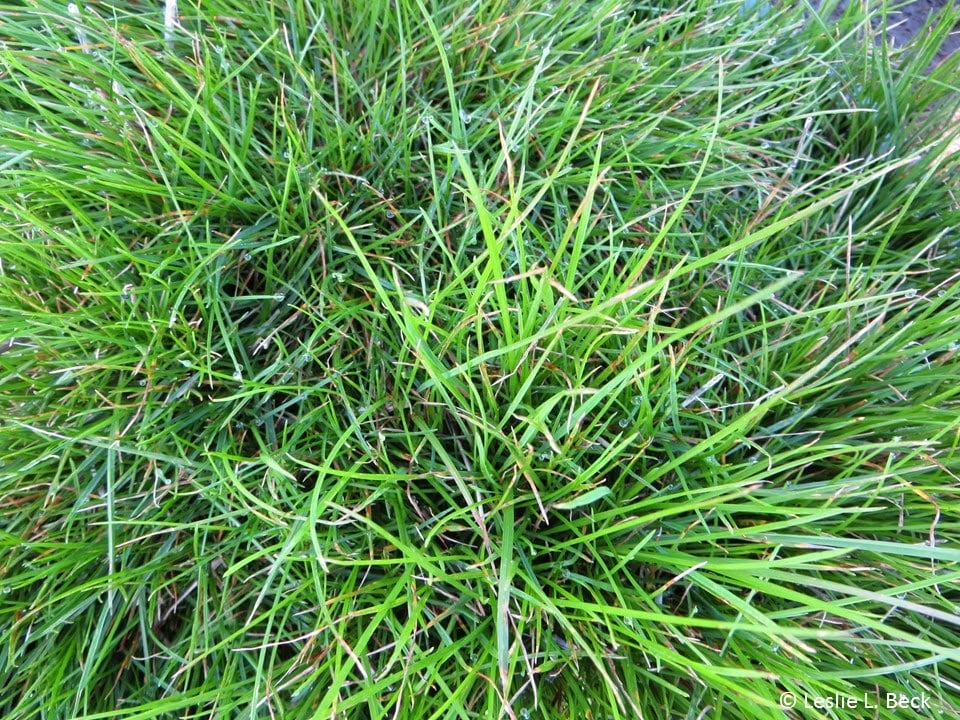
Kentucky Bluegrass
The most common grass type in Michigan is Kentucky Bluegrass. In most cases, it is mixed with Perennial Ryegrass to encourage faster germination. Kentucky Bluegrass takes a few months to germinate and establish, but Perennial Ryegrass only takes two weeks, on average.
Kentucky Bluegrass is winter hardy, perfect for USDA Hardiness Zones 2 to 7. It is perfect for all the snow and cold temperatures residents in Detroit experience. Kentucky Bluegrass isn’t too particular about the type of soil it grows in. You will find it grows well in sandy soil, which is common near areas with water.
Make sure you maintain your grass well if you decide to use Kentucky Bluegrass. It thrives during cool, moist weather, and grows slower during hot, dry summers. Watering is necessary during dry conditions. Mow to a height of 1.5 to 2.5 inches.
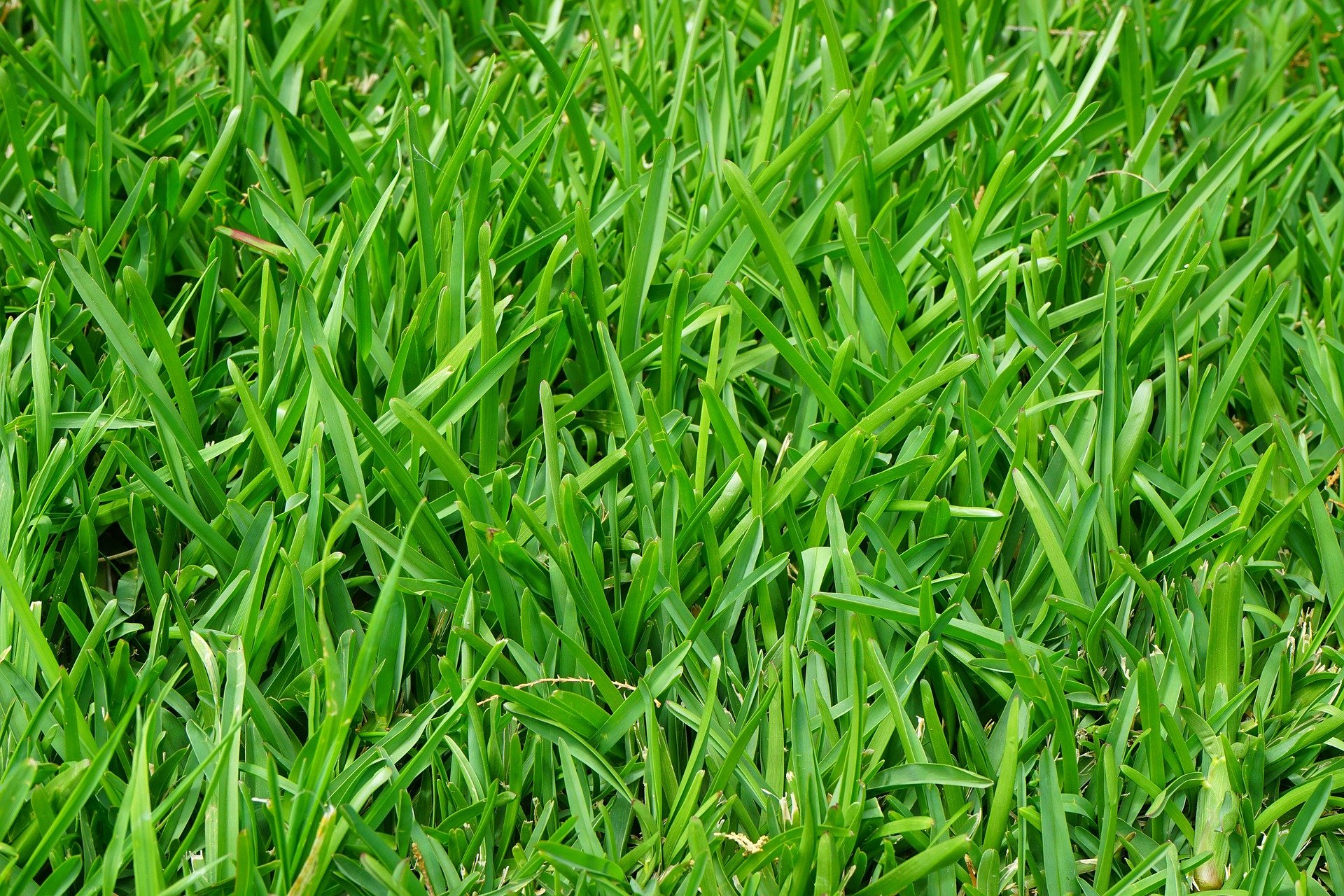
Perennial Ryegrass
Perennial Ryegrass is a common choice to mix with Kentucky Bluegrass, as mentioned above. Mixing these two types of grass helps prevent lawn erosion. This grass type prefers medium levels of fertility, and well-draining soil is best. Mow to a height of 1.5 to 2.5 inches.
There are two types of Perennial Ryegrass – common and improved. Common Perennial doesn’t tolerate cold winters, so don’t pick this type for your Detroit lawn. Improved Perennial handles cold winters well. Make sure you select the right kind if you want to use Perennial Ryegrass for rapid cover and erosion protection.
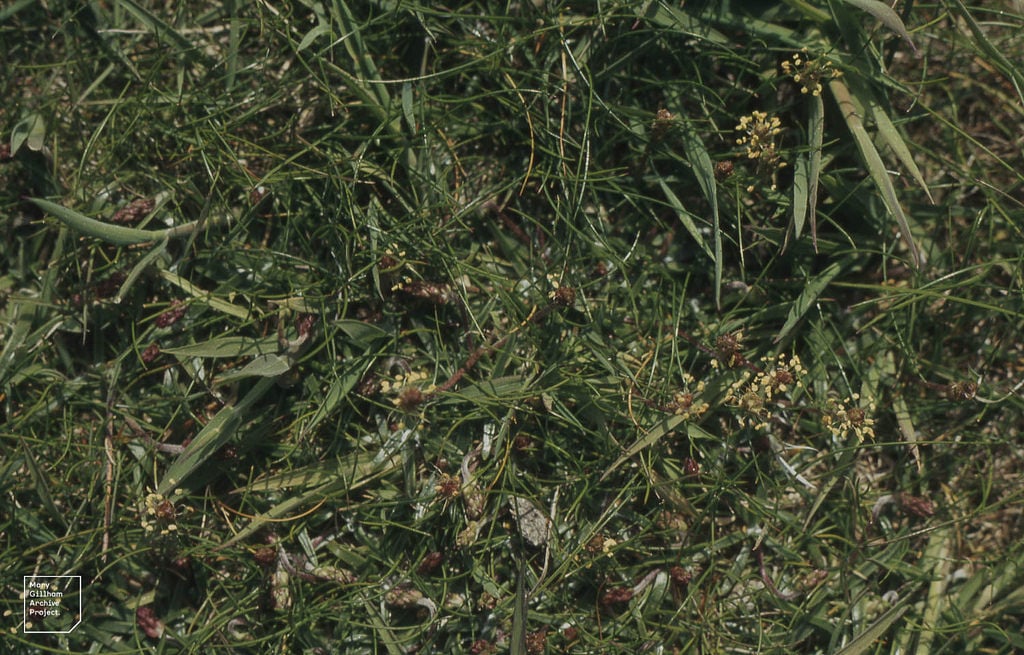
Fine Fescuses—Creeping Red
For shady lawns, Creeping Red, a type of Fine Fescue, is a great choice. This grass type can thrive under full sunlight, but it prefers a location with more shade. Creeping Red tolerates infertile, drought-like soil well—and doesn’t tolerate wet, poorly draining soils.
Compared to Kentucky Bluegrass, Creeping Red requires less maintenance, so it is ideal for those homeowners who want to mow their grass, and that’s it. You don’t need to water or fertilize often. Too much water and fertilizer can cause thinning and cause leafspot disease to develop in your thinned lawn. For best results, add a layer of sand to the top of your soil during preparation. Fine Fescue loves sandy soils and good drainage. Mow to a height of 3 to 4 inches.
Creeping Red, along with any other fine-leafed fescue, rarely are planted alone. Instead, use this grass type in a mixture with Kentucky Bluegrass. Any fine fescue mixes well with cool-season turf grasses that require little maintenance.
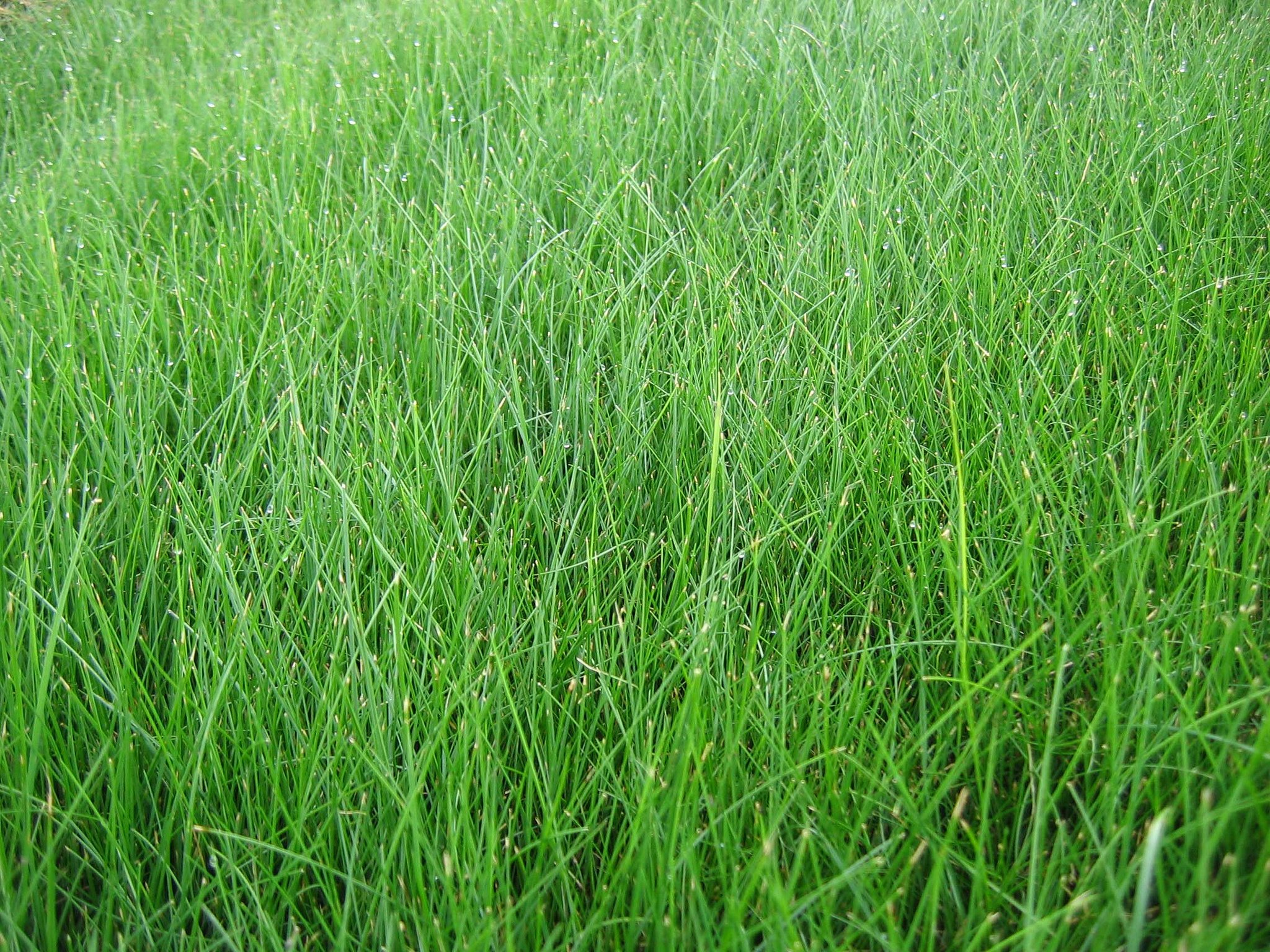
Tall Fescue
Tall Fescue is another tough, durable grass that grows well in Detroit, MI, thriving in Hardiness Zones 2 to 7. Unlike other grass types, Tall Fescue has a deep root system that makes it strong against heavy traffic, heat, and drought conditions. Their contraction of disease and pest problems are rare.
Ideally, you don’t want to use Tall Fescue to seed bare or thin spots because it has a unique look that doesn’t blend with other grasses. Plant Tall Fescue in sun and shade, but most fescues do well in the shade. Remember mow to a height of 2 to 3 inches.
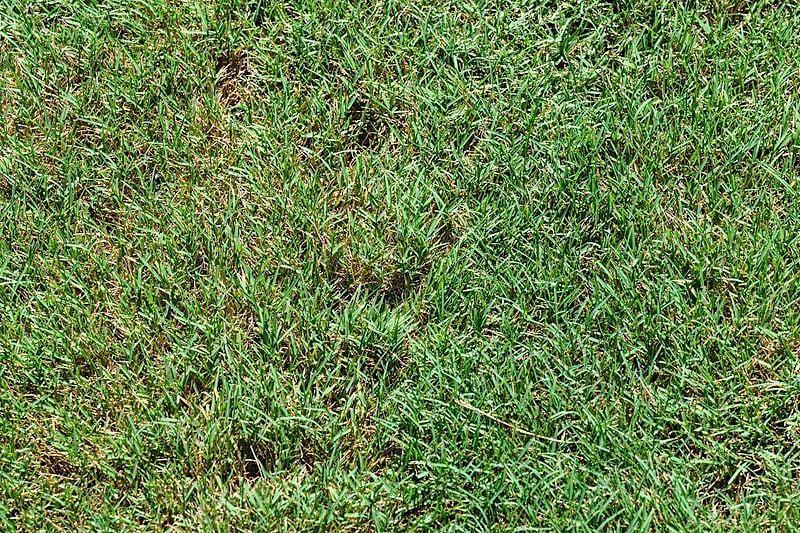
Bentgrass
Bentgrass is commonly found as a weed in Michigan because the look is rough compared to other grass types. Bentgrass isn’t ideal for a homeowner that wants a well-manicured lawn due to the look. It isn’t drought or heat tolerant. Avoid blending it with Kentucky Bluegrass or any other lawn seed mixture.
Bentgrass is a great choice for golf courses, where they mow to a short height. Homeowners should avoid this grass type because it requires a lot of maintenance to keep a nice look. This grass is extremely fine-textured, dense, and uniform when you manage properly. The proper maintenance requires time and can be costly when purchasing fertilizer and watering appropriately. Bentgrass needs to be cut short, so mow to a height of .5 to 1 inch.
When To Plant Grass in Detroit, MI
The best time to plant grass seed in Detroit is the late summer, between the middle of August and the end of September. This time frame is perfect because the extreme summer heat comes to an end and more rainfall starts as the dry conditions end. However, end of summer is still far enough from winter that the grass has time to establish a long root system to be able to withstand cold, snowy conditions.
Grass Types for Detroit, MI Lawns
Kentucky Bluegrass is the most common grass type for Detroit, MI lawns. If you have shade in your lawn, consider mixing with fine or tall fescue. Remember that Bentgrass requires a lot of maintenance, so only pick that if you are prepared to spend a lot of time on it.
Need help preparing your lawn? Visit our Detroit lawn care page to get in touch with a professional! In addition to Detroit, we provide lawn care services in other cities including Grand Rapids and Lansing.
Areas we service near Detroit